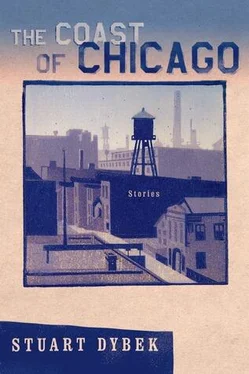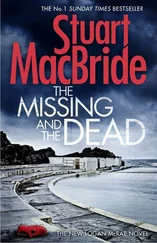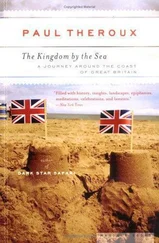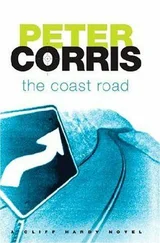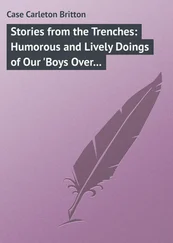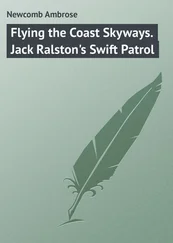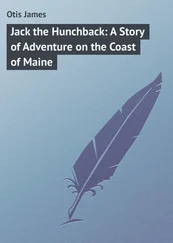The first color goes almost unnoticed.
The pink washrag of a cat’s tongue as it grooms in the bleached shadow of the jail.
Almost unnoticed — but a subconscious shock registers through the theater.
Gradually, it becomes apparent that tongues, only tongues, are assuming color: dogs panting in the dust of traffic, snakes and geckos flicking from drainpipes, color licking and poking from a thousand tiny caves.
Even tongues ordinarily colorless take on brilliance: the black lash of the butterfly uncoils azure at the flower; the cow masticating its cud lolls a tongue suddenly crimson as black jeeps siren past down the alabaster highway to the interior.
There, the guerrillas have been ambushed, surrounded, betrayed. A chopper flattens palms as it drops in CIA advisers. The camera pans the faces of the rebels in macro lens close-ups as if a boil or a louse swelling among beads of sweat might reveal a man’s character; or as if white hairs sprouting from a mole, or a childhood scar beneath a stubble beard might tell his past.
And it is here that the tongues begin to obsess the camera, that the realistic soundtrack of bird caws, gunshots, shouting, machinery, is intercut with the whispered litany of Guzman’s lines from Laughing Gas: gold-dust tongues, ocher tongues eating earth, walking tongue, candy tongue, milky tongue, sleeper’s tongue, passion’s tongues, cankered tongues, tongues tinctured yellow, flaming tongue, hovering tongues of epiphany…
The screen is nearly technicolor with tongues.
Canisters of nerve gas explode.
Then, in a sequence more excruciating than any since The Battle of Algiers , the guerrillas are captured. Scene follows scene documenting torture in the modern military state. Cattle prods are used for confessions, electrodes taped to eyelids, tongues, genitals.
At night, out by the black fire, the guards have begun to drink. Soon they cannot tolerate the refined torments of electricity. Fists, truncheons, empty bottles, boots pummel bone.
The prisoners refuse to talk.
Near dawn, in a drunken rage, the guards take them one by one and mock their silence by tearing out their tongues with wire snips. They are forced to kneel, mouths wedged open with a wooden stake, and tongues forceped out in a scream and dark gush of blood — blue, green, yellow, orange, violet, red tongues. The tongues are collected in a coffee can the way ears are sometimes collected, and stored on the colonel’s desk. Each new victim stares at the can as he is questioned for the final time. The tongues brim over and flop to the floor and the guards pass out from drunkenness, their own tongues gaping from snoring jaws.
“Raspberry tongues,” Guzman wrote, “the entrails of a clown.”
The audience stares in silence. Some have turned away; there have been gasps. But, on the whole, they have been conditioned to accept, almost to expect, this violence on screen. They have watched blood spurt and limbs dismembered in Peckinpah’s choreographed slow motion, brains sprayed across a wall, bodies explode, monks topple in flaming gasoline, eyes gouged, chain saws buzzing through bone, decapitations in 3-D. They are not at the festival to censor but to discern: where is violence statement and where merely further exploitation? When does Art become carnography? Is this perhaps the Cinema of Cruelty?
They watch as the next morning a young private is assigned to clean up the night’s excesses. He takes the coffee can to bury in the old graveyard behind the cathedral while bells chime through an intermittent hiss of wind and mewing of gulls. His shovel bites dirt and he breathes louder with every scoopful he flings over his shoulder into the blurred eye of climbing sun. He sweats, his breath becomes panting, then gagging, and suddenly he’s doubled over retching into the hole, mumbling the Lord’s Prayer in between spasms. Still heaving, he rises, kicks the can in, frantically raking over loose dirt, smacking it down with the flat of the shovel, raining down blows as if he were killing a snake.
The sound track cuts off.
The whump of the shovel is the last sound, though on screen the soldier continues to beat the earth.
Now the screen seems even more unrelievedly black and white — no more background strumming of guitars, no mountain flutes, birdcalls, wind, distant thunder of gunfire. Not even the unavoidable drone of a jet overhead on its way to another country. A world of action suddenly mute as Griffith’s galloping Klan, as Méliès blasting off for the moon, as Chaplin twirling a cane. There is only the faint, nearly subliminal metronome of ticking sprockets audible from the projection booth in the now-silent theater. But as the silence continues, the steady clack seems increasingly obtrusive, and the suspicion begins to arise that the racket of sprockets is the sound track. There’s something too rickety about its clatter — a sound that evokes, perhaps by design, evenings long ago, when after the supper dishes were cleared, a father, who served as director, would set up a projector with tinny spools while children removed pictures from a wall to transform it into a screen, and then the lights would be extinguished and home movies would beam into unsteady focus — silent, unedited, the mugging face of each family member plainer than memory, appearing as they once were, startlingly young, innocent of time.
Subtitles begin to appear. Too fast to read. Partially telegraphed messages. Single words or parts of words flashed on screen: AWE DIS KER.
Static as the words, a progression of freeze-frames, the bled tones of tabloid photos dissolve one into another: peasants on their way to market, slum children, children with rickets, a beggar with yaws, fruit loaders sweating at an outdoor market of gutted fish, piled monkey skulls, tourists.
In churches and universities, on corners beneath bug-clouded lights, people are opening their mouths to speak, but everywhere it appears the mouths are black, gaping holes. There is only continual silence, intercut dissolves, subtitles flashing on and off, sometimes like fading neon signs, sometimes like a collage, commenting on the action (WHERE THERE IS NO FREEDOM WORDS FILL THE MOUTH WITH BLOOD).
The footage continues running faster, almost blurred, as if a documentary were being filmed from a speeding train — assassinations, bombed motorcades, bombed restaurants, bombed schools, strikes, soldiers firing into a crowd, smoldering bodies, mothers in mourning, black coffins, black flags, the revolt of students, the revolt of the army, newspaper offices ransacked by Blackshirts, presses smashed, mobs, fires, men hauled out into the street and lynched from lampposts before the shattered windows of the capitol, streets littered with books from the gutted library, and all the while a sound rising from underground as if the clatter of sprockets has become a subway train roaring down a tunnel, its brake shoe scraping metal from track, metal on metal whining into a siren-pitched screech (EVEN THE HANGED HAVE NO TONGUES TO PROTRUDE!).
The house lights flick on. The audience, many of them North Americans, is stunned. Some talk as if making sure they still can. Some weep. Others leave the theater cursing — what? The film? The oppressors? It isn’t clear. Someone in the balcony shouts, “Bravo!” And another in front, “Long live the revolution!” People are up from their seats and applauding as if it were a live presentation.
“The ultimate praise for a film,” one critic is heard to remark on his way to the lobby, “is to treat it as if it were a play deserving curtain calls, to confuse celluloid images with flesh and blood, to transcend the isolated private dream state of the movie theater by merging with the mass in simple applause.”
Tomorrow the Arts sections will carry rave reviews: “a new and daring fusion of avant-garde technique with documentary sensibility…”
Читать дальше
